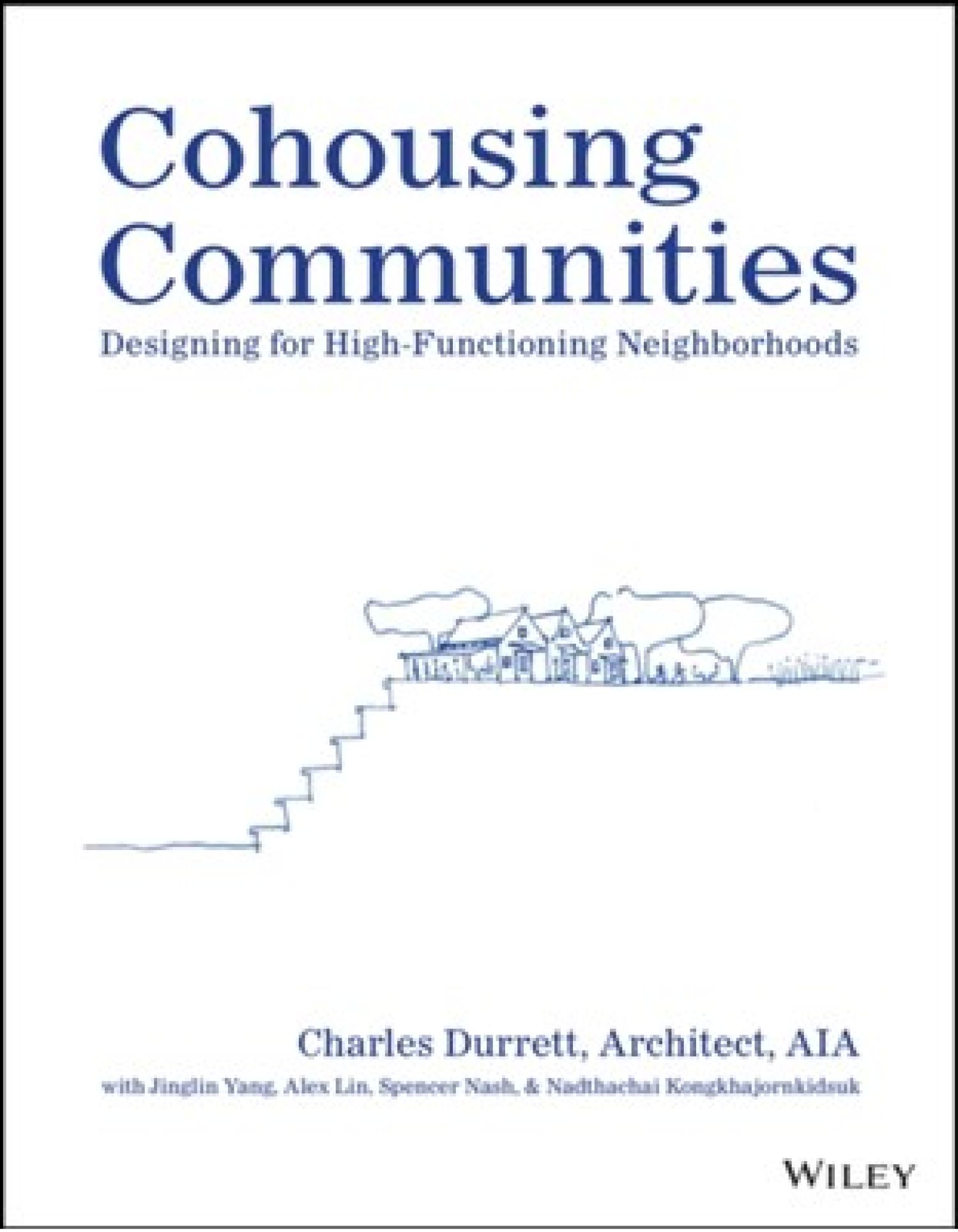Neighborhoods with Goods in Them
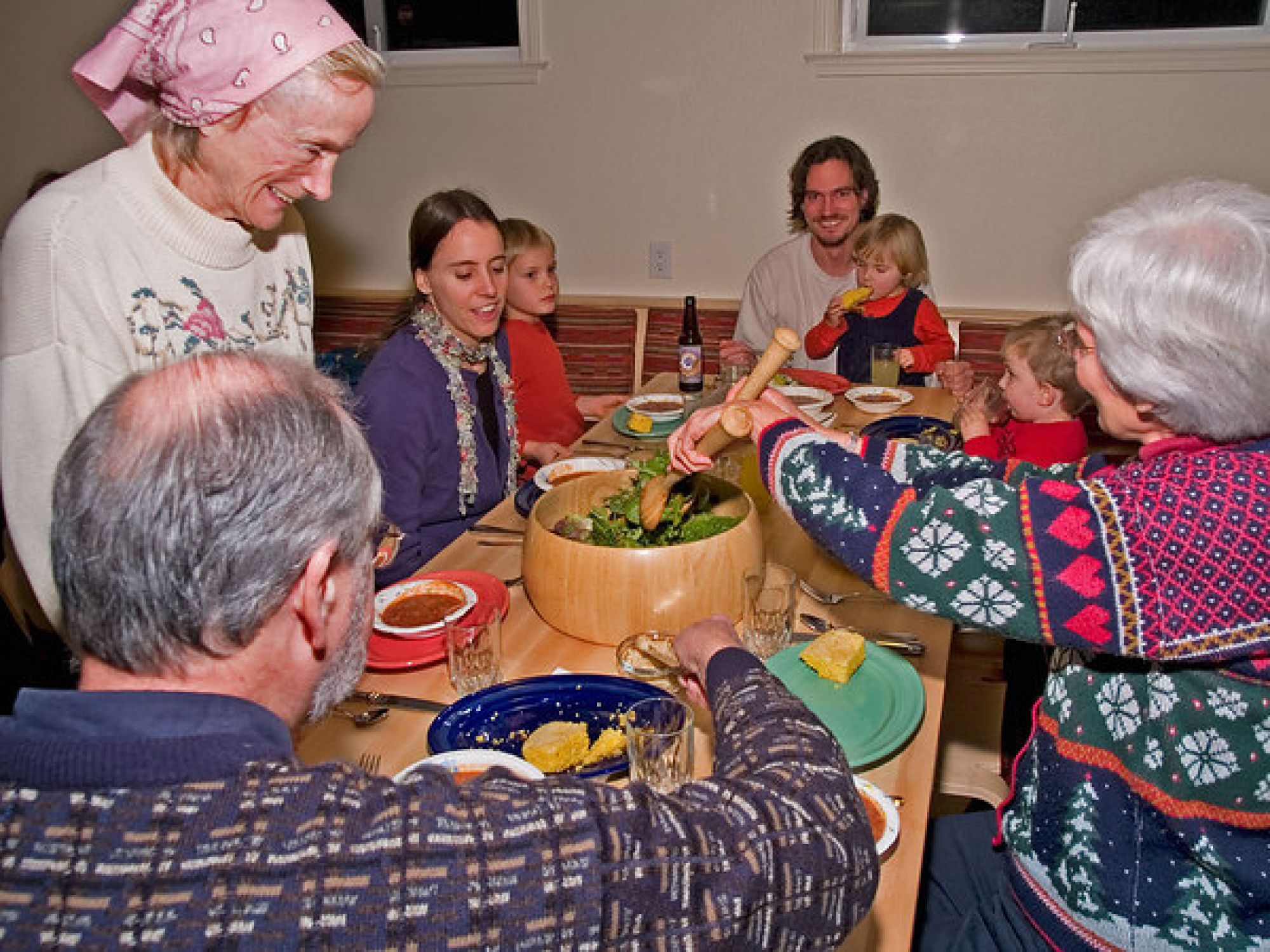
Neighborhoods with Goods in Them: My Take on the Key Ingredients in Creating Strong, Successful Cohousing Communities
Af Charles Durrett er en amerikansk arkitekt og en af pionererne inden for bofællesskabsbevægelsen i USA
Charles Durrett er en amerikansk arkitekt og en af pionererne inden for bofællesskabsbevægelsen i USA. Han er stærkt inspireret af bofællesskabsbevægelsen i Danmark, som han har besøgt adskillige gange. Senest gæstede han Danmark i september 2023, hvor Foreningen Bofællesskab.dk i samarbejde med Social- og Boligstyrelsen og BUILD - Institut for Byggeri, By og Miljø afholdt et gå-hjem møde med Durrett.
I denne artikel reflekterer Durrett over sit nylige besøg i Danmark og understreger vigtigheden af at vende tilbage til rødderne med klare kriterier i udviklingen af bofællesskaber. Han fremhæver behovet for en synergisk og afbalanceret tilgang, når man arbejder med developere, og understreger betydningen af reel deltagelse og beslutningstagning fra kommende beboere under design- og udviklingsprocessen. Durrett fremhæver værdien af beslutningsprocesser i udviklingen, hvor beboernes reelle værdier og erfaringer bringes på banen, fællesskabet opbygges, og selvforvaltning muliggøres. Han advarer imod trenden med, at developere laver bofællesskabsprojekter for store for at gøre dem økonomisk bæredygtige. Derudover fremhæves designet af fælleshuse som afgørende for bofællesskabers succes, med eksempler fra USA og Danmark, der viser varme, familiære atmosfærer. Afslutningsvis opfordrer Durrett til at lære af tidligere fejl og succeser i bofællesskabsbevægelsen og understreger vigtigheden af at forblive tro mod de oprindelige værdier for at opbygge stærke og sunde fællesskaber, der fortsætter med at udvikle sig.
Læs hele artiklen herunder.
Neighborhoods with Goods in Them "My Take on the Key Ingredients in Creating Strong, Successful Cohousing Communities"
What a joy it was to return to Denmark this past September! Coming back to the home of cohousing was full of inspiration and motivation. I gave a few talks (Det Kongelige Akademi, DIS, Trudeslund, and Social- og Boligstyrelsen), and I was a bit intimidated about taking these presentations to Denmark, but I sensed they all were very welcome. It felt like I was restoring the original intent: high-functioning communities—not just making real estate.
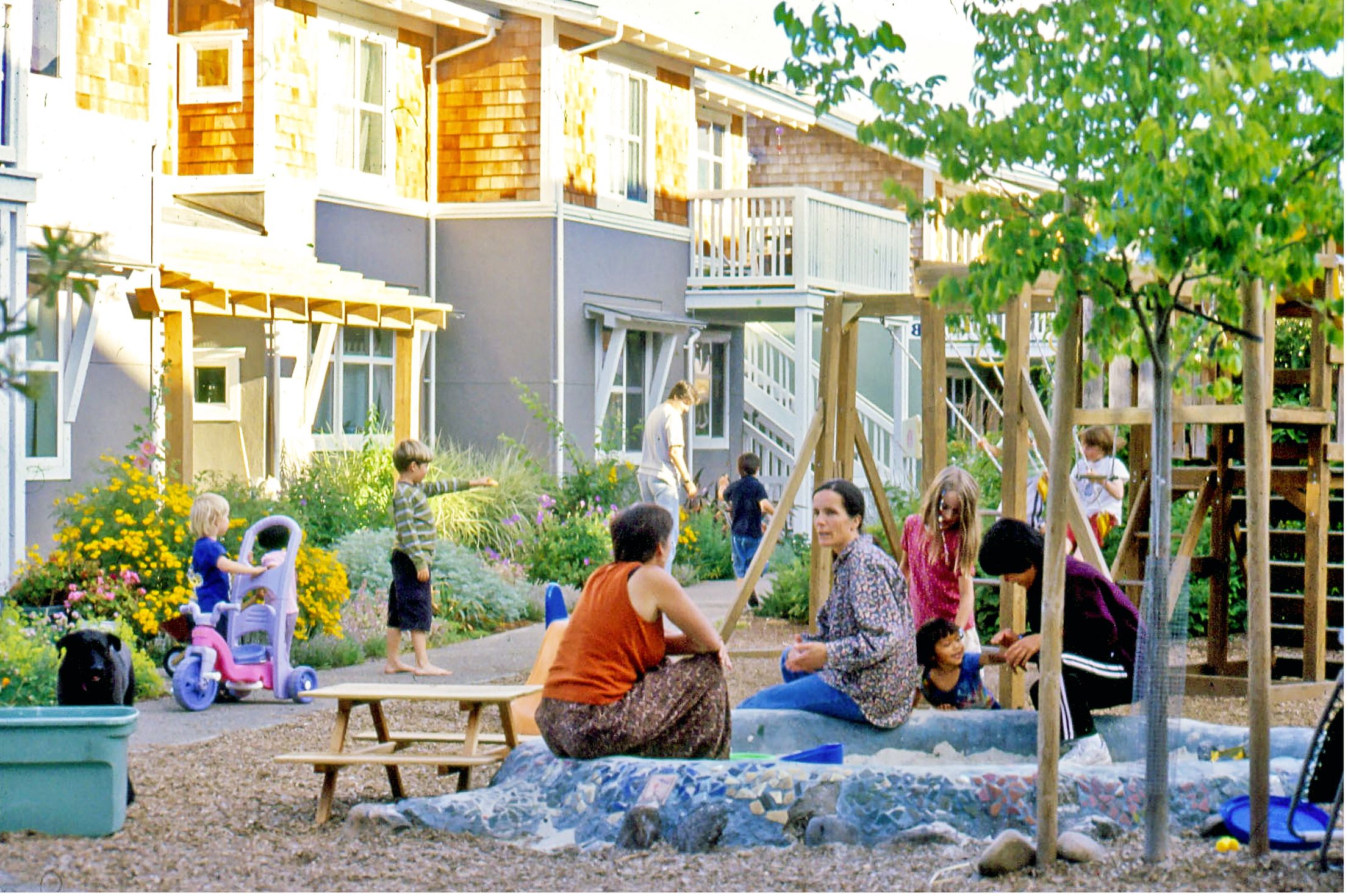
Photo: Frogsong Cohousing in Cotati, CA: Won the Award for “Neighborhood of the Year”
I shared the history that seems to had been forgotten….Jan Gudmand-Høyer, Phillip Actantar, Henrich Nielsen (who helped develop and practice Study Group 1 for senior cohousing) and others, who were key at the onset. And it was recognized that we had been the only ones in the country who had spent the time to work with the architects that designed the best site plans, other architects that designed the best common houses, and other architects that designed the best houses, one or more of which were missed in the new designs.
There was an appreciation for getting back to the roots of clear “criteria-making,” using the proven, straight-forward process of programming workshops. Taking groups through this clear process is how I’ve been able to design over 50 successful projects. Investing time and intention in this early phase saves time and money in the future. To keep the momentum going, it’s also important to have a capable group facilitator. This could be an architect, community organizer, or other cohousing professional – someone who knows how to coalesce the group’s unique vision, help them prioritize, reconcile that with physical and budgetary constraints, and then design an environment to foster their true needs, wants, and aspirations. The aim is to create neighborhoods that fit the needs and aspirations of its residents “like a glove” rather than “like a shopping bag” typical of mainstream housing.
The biggest takeaway from my trip is the need to find a synergetic and balanced approach for groups working with developers. Participatory design is one of the key ingredients that cannot be forgotten – and I mean real participation and decision-making. Involving future residents during the design and development process helps forge the relationships and the emotional ownership necessary for it to thrive in the long run. I could see that groups in Denmark are in search of smart ways of working together where the developers are not making too many decisions for the group (and inflicting too many rules) which results in projects taking longer, inappropriate designs, cost overruns, and not enough buy-in to create successful solutions.
Having an organized decision-making process in the development process is critical. It brings residents’ real values and real experiences to the table, builds community along the way, and helps the group to become capable of their own management.
Examples of Participatory Design Workshops from U.S. and Canada:
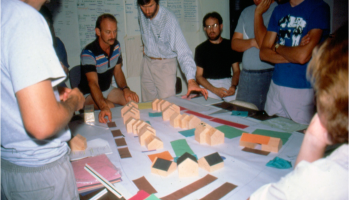
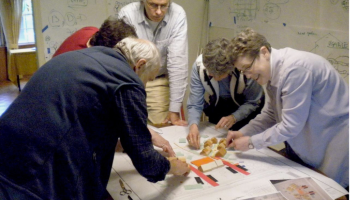
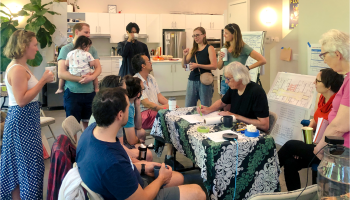
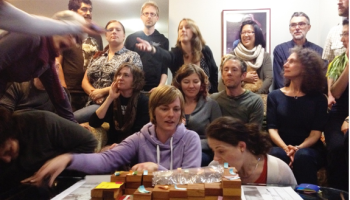
Unfortunately, I’ve noticed a trend, both in Denmark and the U.S., as developers are trying to make projects “pencil” (i.e. work financially) by making them too large with too many units. The original Danish architects, anthropologists, and others have done the social math to determine the ideal size for a high-functioning community – and that’s to aim for right around 50 adults (around 30 units for intergenerational cohousing) and 45 adults for senior cohousing (around 25 or so units). Seniors themselves argue for a max of 45 adults – “We don’t hear as well as we once did, we don’t remember as much, we don’t want the meetings as long, we’re not as fast as we once were,” etc. If cohousing becomes too large, it runs the risk of functioning more like a municipality/government rather than a community. With too many adults, meetings become burdensome and people are more likely to take too many unilateral actions without consensus.
In addition, with too many units, an over-sized common house may lack the warm, familial feeling that is part of the magic of living in a thriving cohousing community. The design of the common house (warmth/hygge, light, and acoustics) is critical to high-functioning neighborhoods. A welcoming and suitably sized common house with good acoustics will promote eating and meeting together regularly, which in turn helps discussions and resolutions of small problems early and informally.
Examples of successful common houses from U.S. and Denmark:
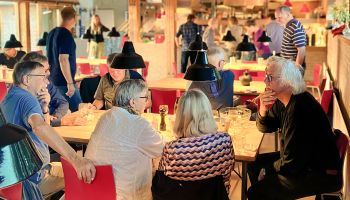
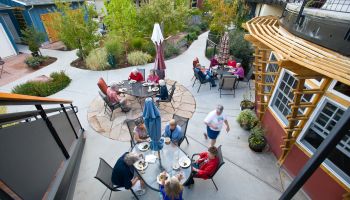
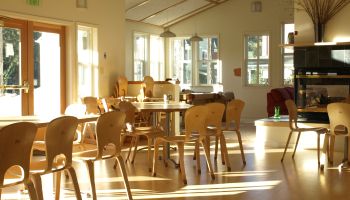
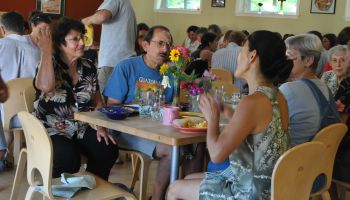
I always remind people to do some fun homework before starting a cohousing development. This is true for developers, architects, and forming groups alike. We recommend getting copies of the books Creating Cohousing: Building Sustainable Communities and/or Cohousing Communities: Designing for High-Functioning Neighborhoods. This way, everyone is on the same page and is better prepared by having a vision and the clear set of steps to make it a reality. Next, I recommend that anyone who is serious about creating quality cohousing take a course like the one I’ll be teaching in November, Designing Community-Enhanced Neighborhoods: The Architecture of Cohousing, to familiarize themselves with the proven process of creating successful cohousing.
I’m heartened to see the cohousing movement evolving and growing. My advice now is to learn from the best, to build upon on the work that’s already been done, learning from past mistakes and successes. My hope is that every new cohousing built is done in a way that stays true to the original values and that they flourish as strong, healthy communities, thus providing the opportunity to embrace our potential and to live out our best possible life. My hope is that every new cohousing community learn from the past projects to the point that each new one is better than the last.
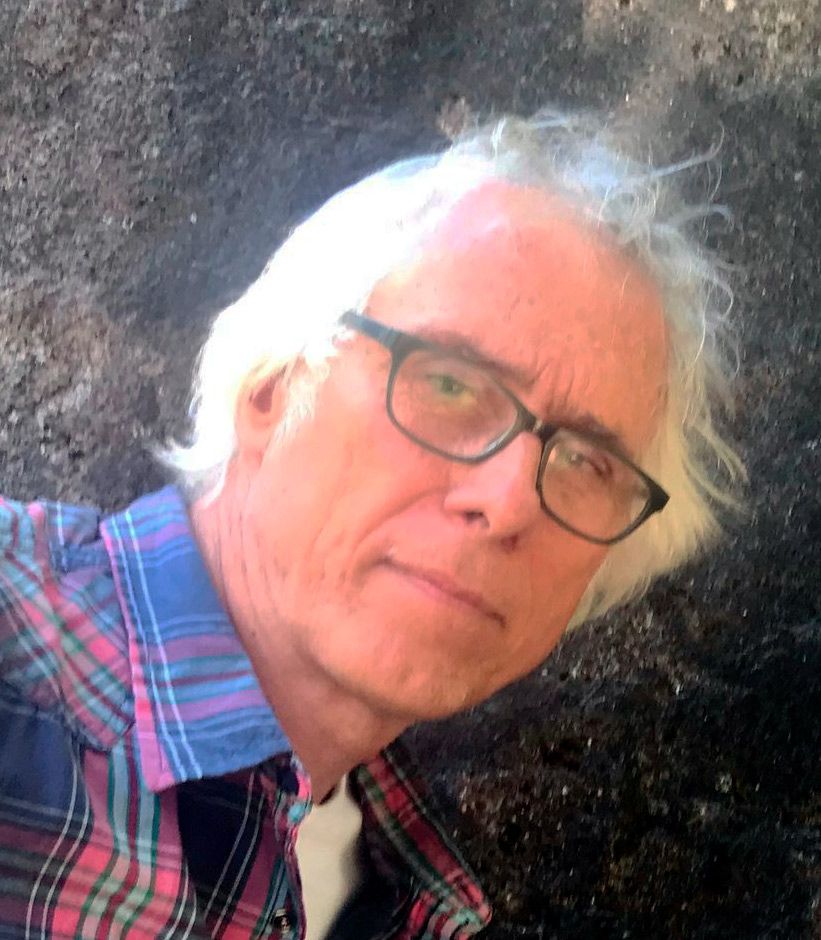
Charles Durrett er en amerikansk arkitekt og en af pionererne inden for bofællesskabsbevægelsen i USA
Bliv medlem
Ønsker du at melde dig ind i Foreningen Bofællesskab.dk, finder du den medlemstype, der passer til dit behov lige her.


